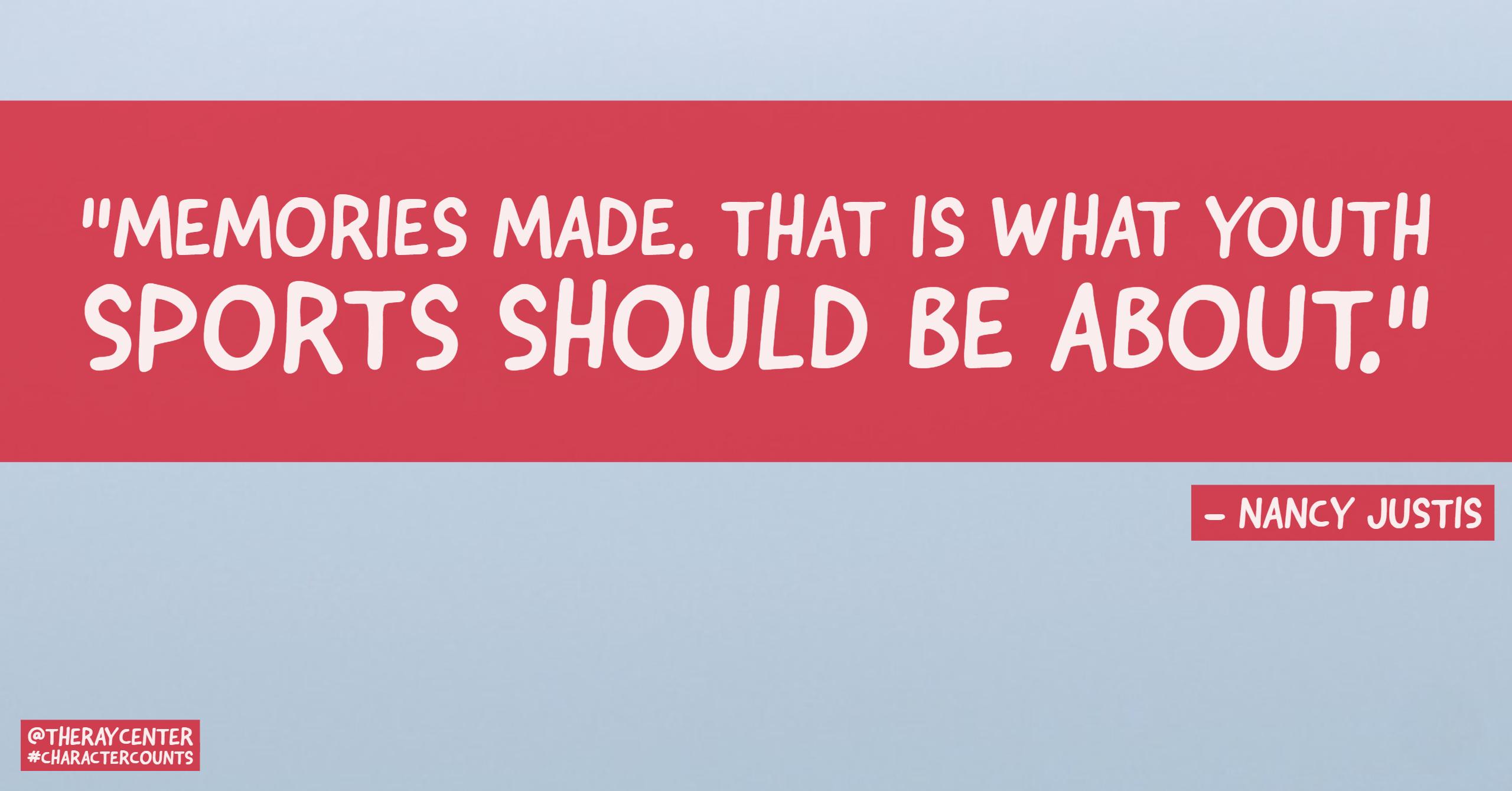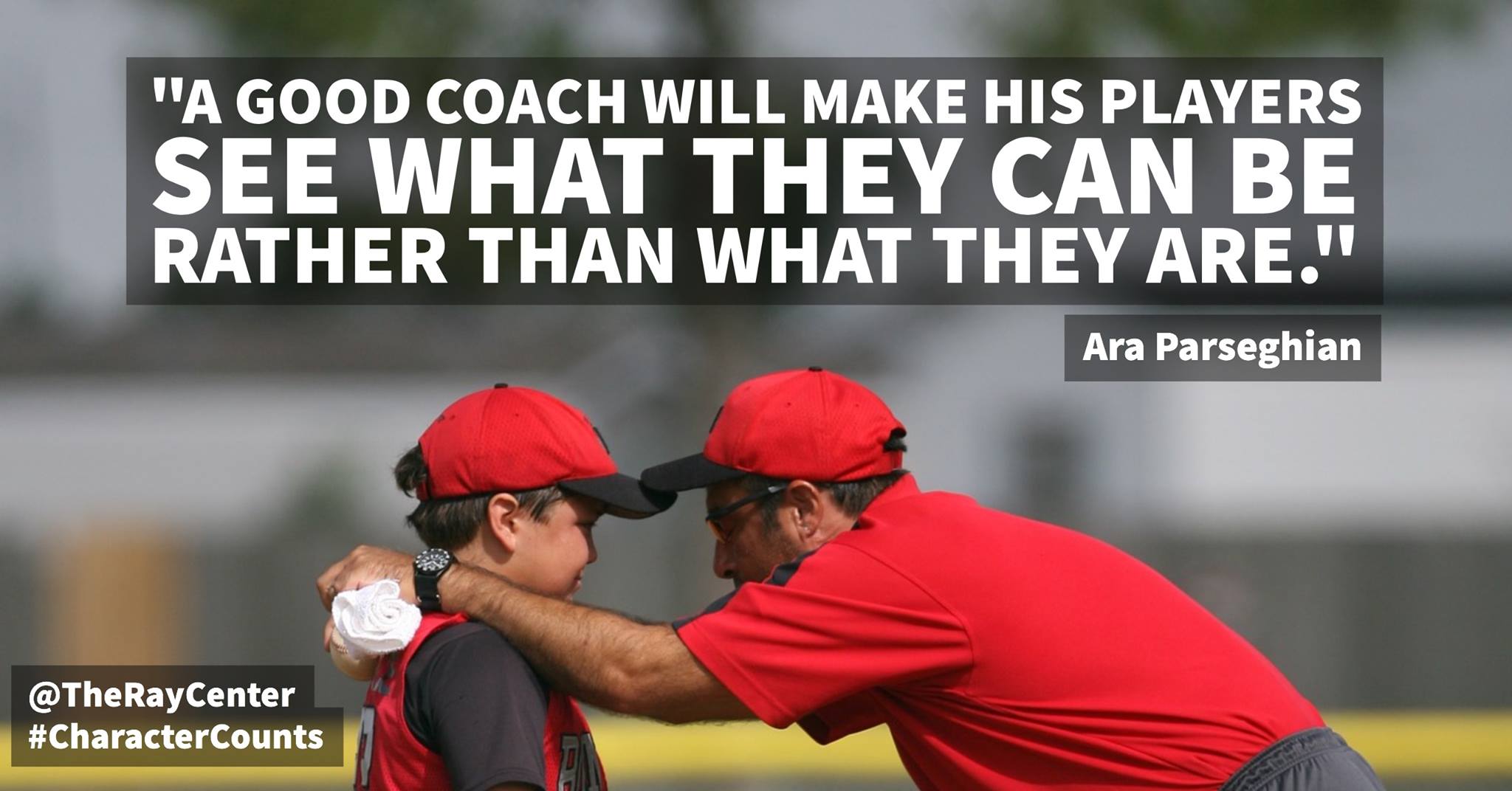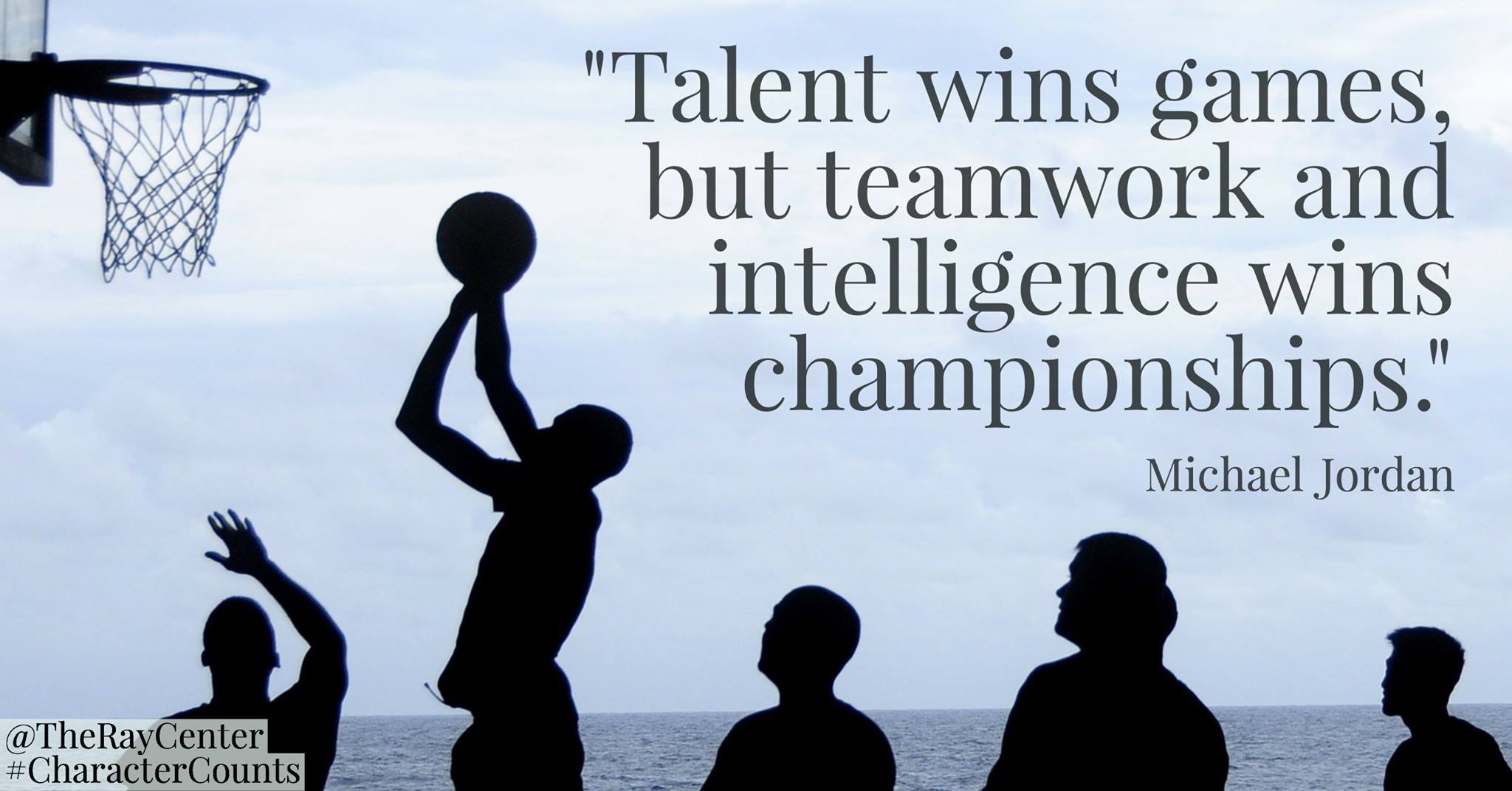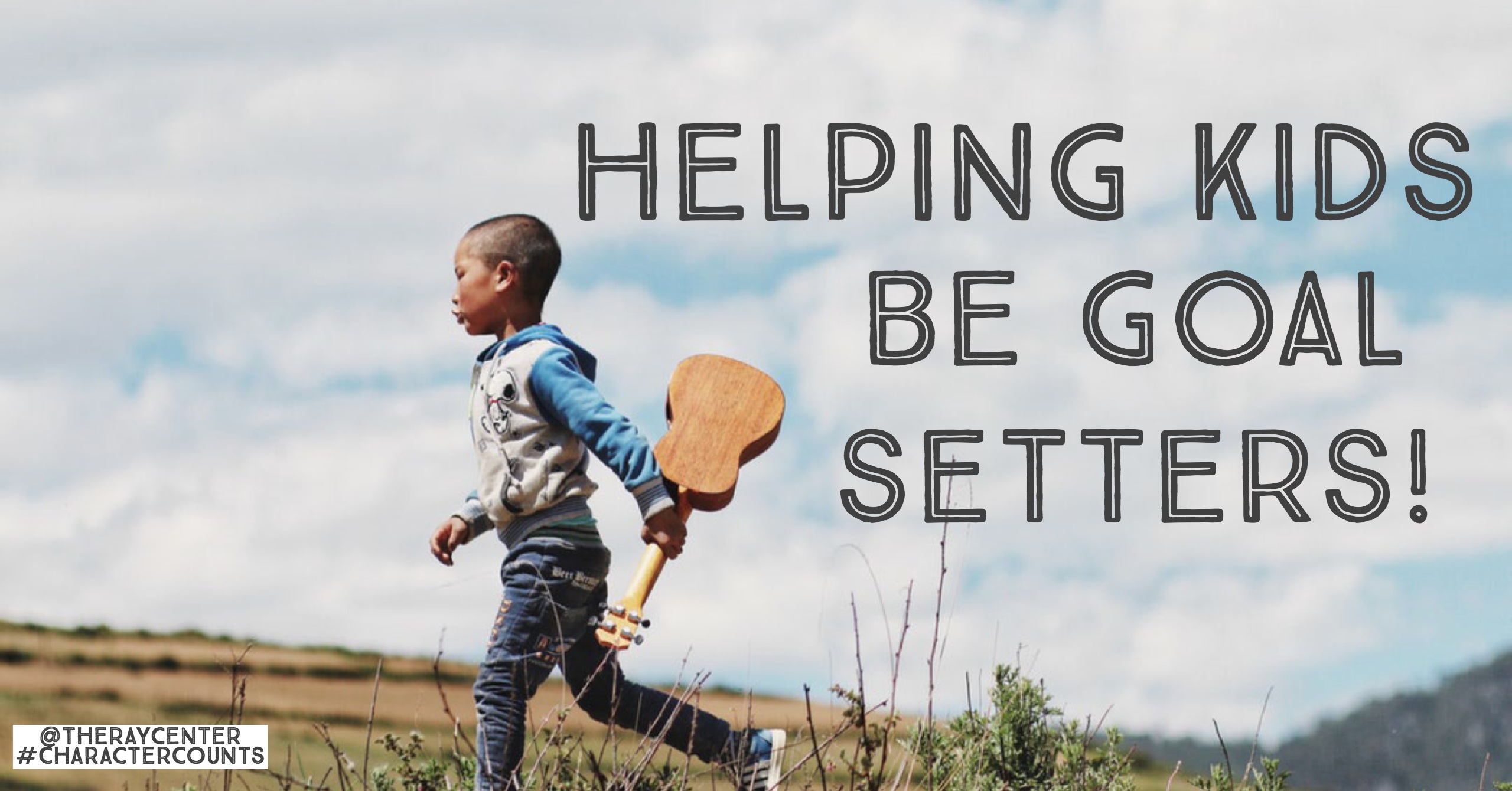
From out guest contributor, Michele Borba.
Here are simple ways to help kids understand what goals are, and why using them can enhance their chances of success.
Step 1. Define the term, “Goal”
One of the easiest ways to explain goals is to link the term to something children are familiar with such as hockey, soccer, or football.
You might say to your child:
“A goal is like a target or something you shoot for. A football player is aiming for a touchdown. A hockey or soccer player is shooting for a goal. Goals aren’t just for sports. Goals in life are something you shoot for to be more successful. People set goals for things they want to achieve or get better at. Planning what you need to work on is called goal-setting. It’s a skill that will help you in school, at home, with your friends, or later in your job or as an adult. It’s a skill that helps you succeed.”
Step 2. Share Your Own Goals and Aspirations
To help children feel comfortable talking about goals, we parents need to share our own aspirations. So take time to share a few of your dreams and wishes and the resolution you plan to set for yourself like losing those extra pounds, learning to text, finally reading and finishing Moby Dick, taking that gourmet cooking class. Whatever!
The secret is to purposefully model goal-setting when your kids can watch or listen. In fact, modeling is such a simple way to learn the skill. All you need to remember is the formula for goal-setting: I will+ what + when and then teach it to your kids.
Goal Formula: I will + what + when: Goals usually start with the words I will and have two parts: a what and a when. The what explains what you want to accomplish. The when tells when you intend to accomplish it.
Then whenever an appropriate moment arises, put your goal into the language of the Goal Formula and model it so that you child sees formula in operation. For instance:
You walk in to the laundry room and find it piled high with dirty laundry. (No surprise in my house). It’s a perfect opportunity to model the formula. Tell what you hope to do, using goal language to your child: “I will get these clothes washed and dried by six o’clock” (what = washing and drying the clothes + when = by six o’clock).
The key is that your kid has now overheard you saying your plan.
Reality check: Studies find that kids are far more likely to adopt a new habit or skill if they saw it in action (instead of via the lecture or the worksheet). So reflect over just the last week. If you asked your child to describe your behavior would he add “She’s a goal setter!” or “He makes a list of what he aims to do.” or “She tells me what her plans are.” Bottom line: Are you a model of these steps to your child? If not, just tune them up in your own behavior so your child has a real example of goal-setting to copy.
Step 3. Help Kids Create Their “Dream List”
Explain to your children that “goals start with dreams.” Then take time to discuss their dreams, wishes or aspirations. Next, provide paper and colored marking pens for each family member. Take turns writing or drawing dreams of what they wish they could “achieve or have or improve.” Reread the list and help your children select only dreams they actually have power to make happen.
Three crucial questions assure your child’s success. These questions help you determine if the goal is achievable for your child:
- “Does my child have the necessary skills and knowledge to achieve the goal?”
- “Does my child need much help from others to succeed at the goal?”
- “Does my child have enough time to achieve the goal?”
If you answered “no” to any of the questions, you might want to help your child choose another goal.To achieve success the goal must be within your child’s ability and should be realistic.
Help your child recognize that goal possibilities are endless. Here are 15 goal categories for kids to consider:
Goal Possibilities for Kids
- Grades
- Hobbies or interests
- Friends.
- Exercise
- TV viewing
- Free time
- Savings
- Sports
- Homework
- School
- Reading
- Behavior
- New Skills
- Chores
- New learning
Step 4. Tailor the Goal to Your Child
First-time goal-setters need to see some immediate success. Have your younger (or first-time goal-setter) set a goal that can be achieved at least within a week. Here’s a few goals children can achieve in a short time:
Short-Term Kid Goal Possibilities
- Finishing a simple school project
- Reading a book (or a page a night)
- Losing one pound
- Writing all those thank you notes
- Cleaning a closet
- Raking the front lawn leaves
- Learning how to address an envelope.
- Practicing the piano 15 minutes a day (then increasing to whatever length)
- Making his bed every day
- Picking up her toys and putting them in the toy bin at 3 pm every day
- Brushing his teeth without reminders.
- Some children need to set even shorter goals: at the end of the hour, or a day. Set the length of the goal according to the time you think your child needs to succeed.
Step 5. Help Your Child Think Through Steps to Success
Once your child identifies his resolution or goal he needs to think through the steps to success.
The more children can think through their goal and identify what they need to do to achieve success, the greater the chance they will succeed.
These ideas help children learn to plan the steps they need to take in order to achieve their goals. Choose ones that may work best for your child.
Some kids need to write or draw all the steps. Other children can process this in their heads. Tailor the steps to your child’s ability and learning style,
- Identify the what + when. First ask, “What do you want to achieve?” Help your child clarify his goal. Then ask, “When will you try to achieve your goal?” Here’s a few examples using the goal formula: “I will get 9 out of 10 spelling words right on my spelling test” “I will be one pound lighter on Tuesday.” “I will learn five math facts in 15 minutes.”
- List what needs to be done. Ask, “What are all the things you need to do to achieve your goal?” Help your child write or draw a different task on index cards. When finished, reread the tasks and put them in order asking, “What should you do first, then second, and third…?” Keep arranging the strips in sequence, and then staple the packet together. Encourage your child to use the packet as he works on his goal. Each time a task is finished, your child tears off a strip until no more remain!
- Gather your resources. Ask your child, “Who or what do you need to help you succeed in your goal?” Help your child list or identify all the needed resources. Suppose your child wants to increase his running time. He might list a coach to talk to about running techniques, his Dad to help him practice running, and his Mom to drive him to the track. On the “”What” or “Things” side he might include: an alarm clock to remind him to wake up earlier to get to the track, a stop watch to time himself, and graph paper to list his running times. Encourage him to hang up the page to remember his plan.
Step 6. Track Your Child’s Goal Progress
Write your child’s goal on paper and tack it up on the refrigerator or bulletin board. Tell your child each time he works towards his goals, you’ll mark the effort on the paper. Helping our kids see their goal progress motivates them to keep on trying.
- Try visual reminders: Stickers or gummed stars are always colorful incentives for younger children to stick onto the page to check their progress. Point out the improvements and say: “Look how much closer you’re getting to your goal!”
- Use a screensaver: Encourage tweens and teens to take a photo of their goal using their cell phone then keep it as a screen saver to remind them of their intention.
Step 7. Celebrate Family Goal Successes!
Nothing is more affirming to children than succeeding at goals they’ve worked hard to achieve. It’s the tangible proof your child interprets as, “I really did it!” and a great way to nurture your child’s self-confidence. As goals are achieved, celebrate them as a family. You might:
- Capture the image: Photograph your child achieving her goal and framing it.
- Victory log: Provide your child with a small notebook or journal (A Victory Log!) for your child to log each goal achievement.
- Success dinner: Have a Victory Dinner where you cook your child’s favorite dinner and have a Victory Dinner.
- Balloon pop: Take a dollar bill or a picture of an inexpensive prize and help your child tightly roll and insert it inside a large party balloon. Blow up the balloon and knot hte end. On the outside of the balloon use a black laundry pen to write or draw a goal your child wants to achieve. Tie string to the end and hang the balloon in a special place. Tell the child that the moment he achieves the goal, you will pop the balloon together. The prize inside will be his reward for his hard work. In the meantime, the blown baloon serves as a reminder to work hard at the goal.
Then, help your child set the next goal and the next and the next.
 Dr. Michele Borba is an educational psychologist, parenting expert, TODAY show contributor and author of 22 books including The Big Book of Parenting Solutions: 101 Answers to Your Everyday Challenges and Wildest Worries and UnSelfie: Why Empathetic Kids Succeed in Our All-About-Me World.
Dr. Michele Borba is an educational psychologist, parenting expert, TODAY show contributor and author of 22 books including The Big Book of Parenting Solutions: 101 Answers to Your Everyday Challenges and Wildest Worries and UnSelfie: Why Empathetic Kids Succeed in Our All-About-Me World.
Check out: micheleborba.com or follow her on Twitter @micheleborba.
Learn more about character education.
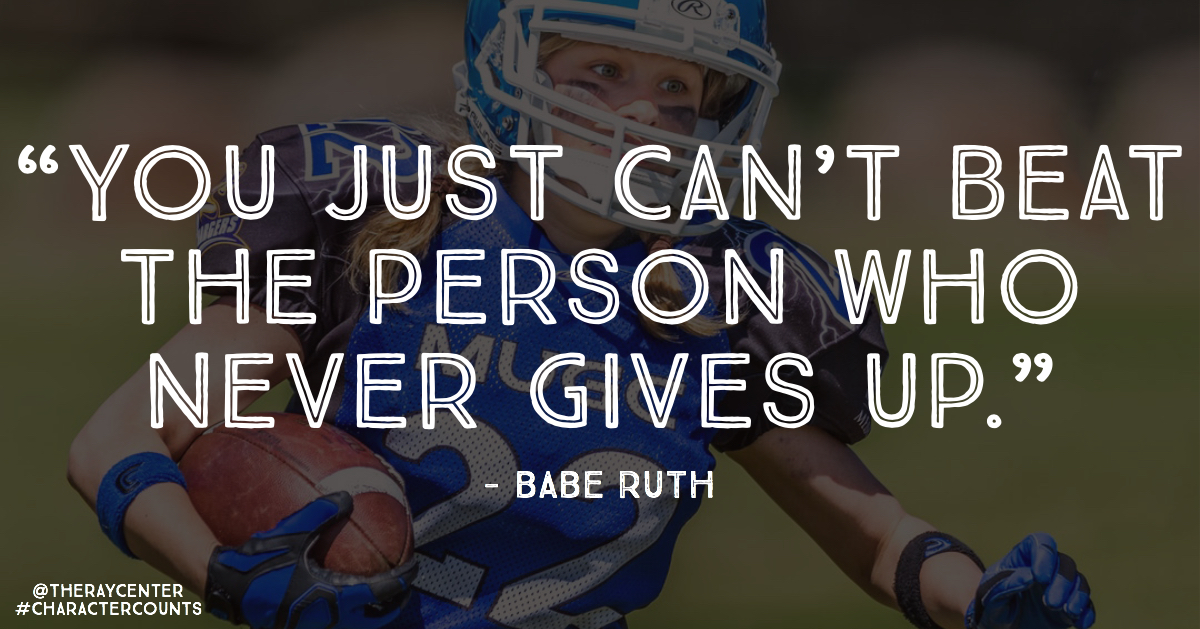

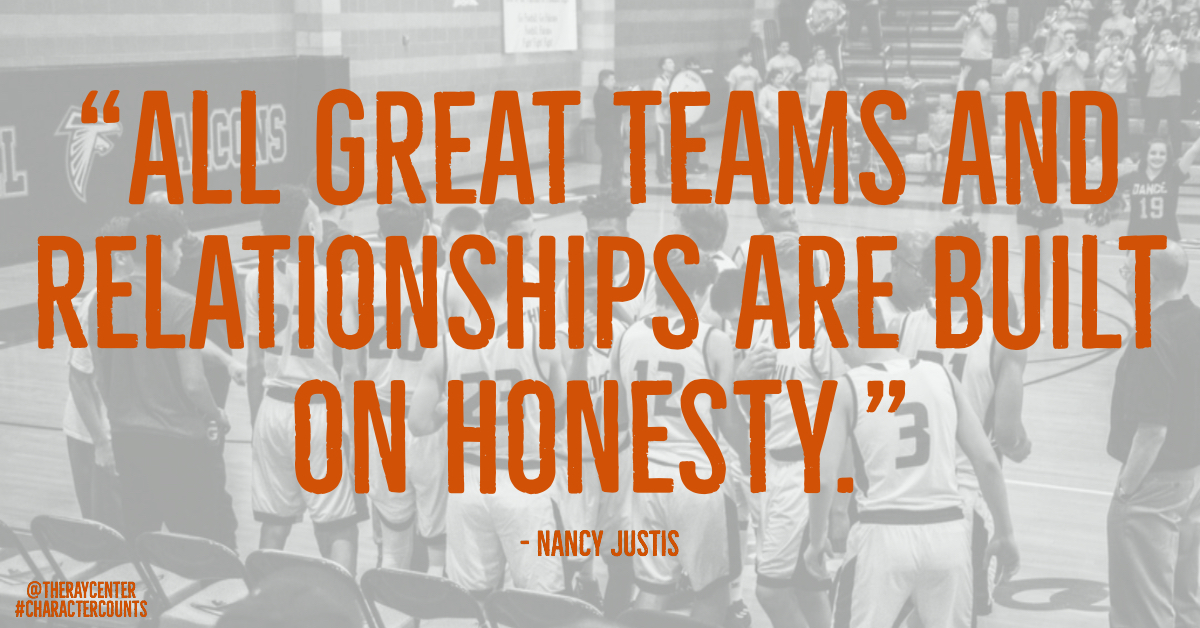
 Nancy Justis has over 40 years of journalistic experience ranging from newspaper and magazine writing and editing, to collegiate public relations. At a time when women were a virtual non-entity in the athletics media relations field, she blazed the trail. She has over 30 years of experience in the promotion of sports teams and working with student-athletes. She was Sports Information Director/Assistant Athletics Director for Media Relations at the University of Northern Iowa for most of those years, publicizing the Panthers’ nationally-recognized men’s basketball and football teams. She is a member of the Cedar Valley Character Counts Committee and serves on the board of the Cedar Valley Sports Commission. She freelance writes for various publications.
Nancy Justis has over 40 years of journalistic experience ranging from newspaper and magazine writing and editing, to collegiate public relations. At a time when women were a virtual non-entity in the athletics media relations field, she blazed the trail. She has over 30 years of experience in the promotion of sports teams and working with student-athletes. She was Sports Information Director/Assistant Athletics Director for Media Relations at the University of Northern Iowa for most of those years, publicizing the Panthers’ nationally-recognized men’s basketball and football teams. She is a member of the Cedar Valley Character Counts Committee and serves on the board of the Cedar Valley Sports Commission. She freelance writes for various publications.
 Michael Josephson
Michael Josephson 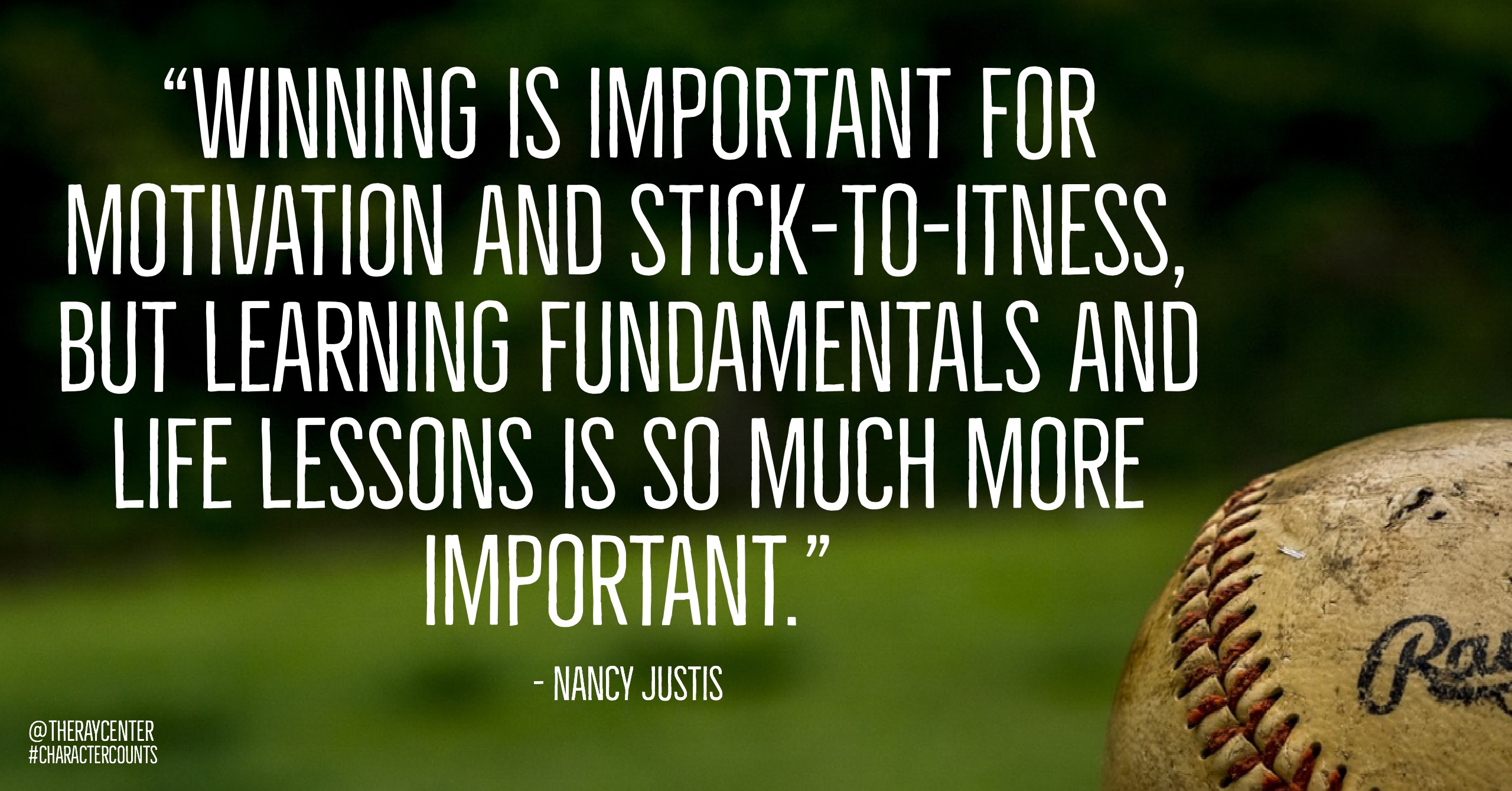
 Nancy Justis has over 40 years of journalistic experience ranging from newspaper and magazine writing and editing, to collegiate public relations. At a time when women were a virtual non-entity in the athletics media relations field, she blazed the trail. She has over 30 years of experience in the promotion of sports teams and working with student-athletes. She was Sports Information Director/Assistant Athletics Director for Media Relations at the University of Northern Iowa for most of those years, publicizing the Panthers’ nationally-recognized men’s basketball and football teams. She is a member of the Cedar Valley Character Counts Committee and serves on the board of the Cedar Valley Sports Commission. She freelance writes for various publications.
Nancy Justis has over 40 years of journalistic experience ranging from newspaper and magazine writing and editing, to collegiate public relations. At a time when women were a virtual non-entity in the athletics media relations field, she blazed the trail. She has over 30 years of experience in the promotion of sports teams and working with student-athletes. She was Sports Information Director/Assistant Athletics Director for Media Relations at the University of Northern Iowa for most of those years, publicizing the Panthers’ nationally-recognized men’s basketball and football teams. She is a member of the Cedar Valley Character Counts Committee and serves on the board of the Cedar Valley Sports Commission. She freelance writes for various publications.